How High-Temperature Sterilization Packaging Secures the Future of Food
The global demand for safe, convenient, and shelf-stable food has never been greater, placing immense pressure and opportunity on the Food Packaging sector. At the heart of delivering truly safe, long-life products lies a critical, demanding process: high-temperature sterilization. Food Packaging designed for this rigorous environment isn’t merely a container; it’s a sophisticated life-preservation system, ensuring products are free from harmful pathogens and spoilage organisms. As consumer preferences shift towards cleaner labels, diverse global cuisines, and sustainable solutions, the technologies underpinning High-Temperature Sterilization Packaging are undergoing a significant evolution. This article explores the cutting-edge innovations enabling packaging to withstand extreme thermal processing while meeting modern demands for performance, safety, and environmental responsibility, fundamentally reshaping how we protect and deliver sterilized food to consumers worldwide.
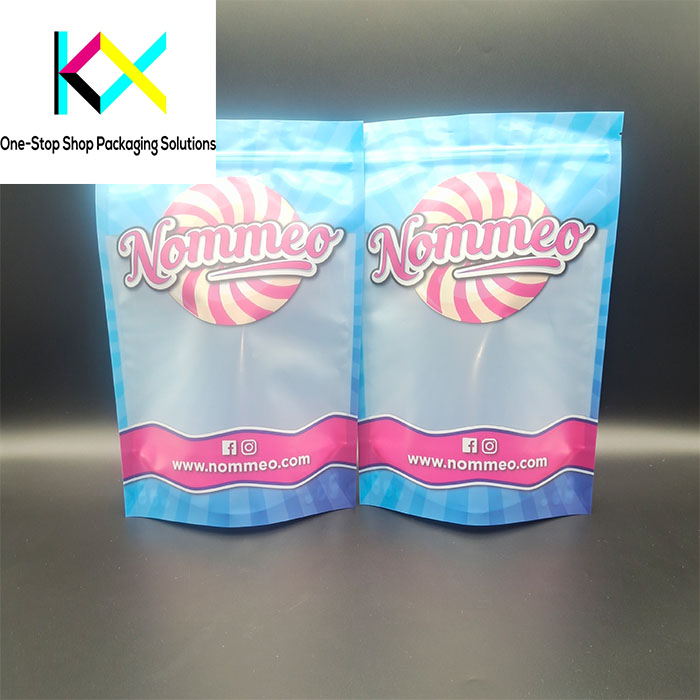
1. The Heat is On: Understanding Sterilization's Demands on Packaging
High-temperature sterilization – primarily retorting (using steam or water immersion at 121°C/250°F or higher) and aseptic processing – subjects Food Packaging to extraordinary stresses. Packages must withstand:
Intense Thermal Shock: Rapid heating and cooling cycles create significant pressure differentials between the package interior and the processing environment.
Sustained High Pressure: Maintaining sterility requires packages to resist internal pressures often exceeding 2-3 bar during processing without bursting, leaking, or delaminating.
Chemical Resistance: Exposure to aggressive food matrices (acids, oils, salts, particulates) at high temperatures demands exceptional material inertness to prevent interaction, leaching, or scalping (loss of flavor/aroma compounds).
Mechanical Integrity: Packages must remain physically robust throughout processing, handling, distribution, and storage, resisting punctures, tears, and seal failures that compromise sterility.
Absolute Barrier Maintenance: Even microscopic flaws in oxygen or moisture barriers post-sterilization can lead to spoilage or pathogen regrowth over the product’s intended shelf life (often 12-24 months).
Traditional solutions like metal cans and glass jars excel in barrier and pressure resistance but face challenges with weight, breakage, sustainability, and consumer convenience. Flexible and semi-rigid plastic-based High-Temperature Sterilization Packaging offers compelling alternatives but must continuously evolve to meet these exacting requirements reliably.
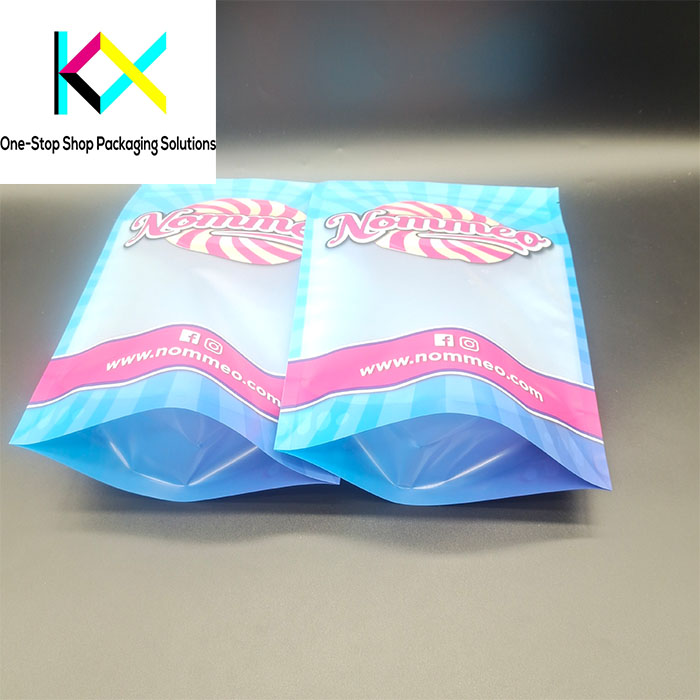
2. Material Science Breakthroughs: Engineering Resilience
Developing materials capable of enduring sterilization while maintaining seal integrity and barrier properties is a constant frontier. Recent advancements focus on:
Enhanced Polymer Formulations: New generations of high-heat polypropylene (PP), especially metallocene-catalyzed and nucleated grades, offer superior clarity, stiffness, and crucially, higher heat deflection temperatures (HDT), surviving retort cycles without deformation. Polyethylene Terephthalate (PET) and Polyamide (Nylon) remain vital for strength and barrier but are often used in blends or coextrusions.
Advanced Barrier Technologies: Maintaining oxygen barrier after sterilization is critical. Innovations include:
High-Performance EVOH: New ethylene vinyl alcohol (EVOH) copolymer grades with improved thermal stability and reduced sensitivity to moisture, minimizing barrier degradation during retorting.
Oxide Coatings (SiOx, AlOx): Applied as ultra-thin layers via vacuum deposition onto PP or PET films, these transparent coatings provide excellent oxygen barriers that are less susceptible to thermal degradation than some polymer barriers. Their stability under sterilization is a key advantage.
Hybrid Laminates: Combining robust structural layers (PET, Nylon) with specialized sealants and high-barrier core layers (EVOH, coated films) creates structures optimized for both sterilization survival and long-term protection.
Revolutionary Sealants: Seal integrity is paramount. New sealant resins, often PP-based copolymers, are engineered for:
Wide Sealing Windows: Ensuring strong, hermetic seals despite variations in sealing equipment or parameters.
Peelability & Consumer Convenience: Developing easy-peel features that maintain sterility until opening but provide clean access for consumers.
Aggressive Content Resistance: Formulations resistant to oils, acids, and particulates at high temperatures, preventing sealant degradation or delamination.
Adhesive Innovation: Laminating adhesives must withstand sterilization without losing bond strength or generating off-odors/tastes. Advances in polyurethane and solventless adhesive chemistries ensure durable bonds throughout the product lifecycle.
These material breakthroughs enable thinner, lighter, yet stronger packages that reliably protect contents through the rigors of High-Temperature Sterilization Packaging.
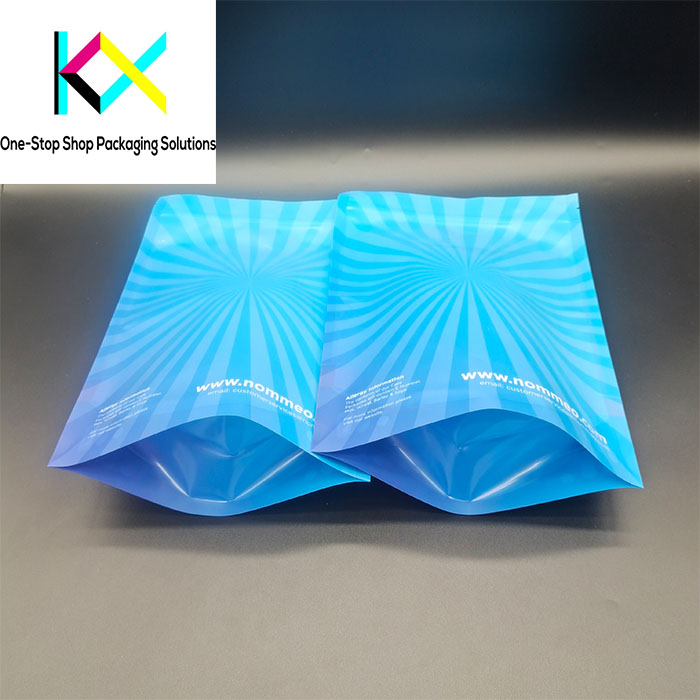
3. Design Innovation: Smarter Structures for Safety and Sustainability
Beyond materials, the physical design of Food Packaging for sterilization is evolving:
Monomaterial Push: While complex laminates dominate, significant R&D targets mono-PP retort pouches and trays. Success hinges on achieving sufficient oxygen barrier and seal integrity within a single, easily recyclable polymer family. Progress is being made with high-barrier PP grades and strategic coextrusions.
Optimized Geometry: Computer simulations (Finite Element Analysis – FEA) model pressure distribution during retorting, allowing engineers to design trays, bowls, and pouches with reinforced corners, optimized headspace, and shapes that minimize stress points, reducing failure rates.
Active & Intelligent Features: Integrating functionalities directly into the package:
Time-Temperature Indicators (TTIs): Visual cues showing cumulative heat exposure, assuring sterility wasn’t compromised during distribution.
Oxygen Scavengers: Embedded materials actively absorb residual oxygen post-sterilization, further extending shelf life and preserving product quality (color, flavor, nutrient content).
Tamper Evidence: Enhanced tear strips, laser-scored openings, and specialized seal patterns provide unmistakable evidence of tampering.
Lightweighting: Material science and design allow for significant weight reduction compared to metal or glass, lowering transportation emissions and material consumption without sacrificing protection – a key sustainability driver.
User-Centric Features: Easy-open tabs, resealable zippers for multi-serve formats, ergonomic shapes, and microwaveability (for post-sterilization reheating) enhance consumer convenience and acceptance.
These intelligent designs move packaging beyond passive protection to become an active contributor to safety, quality, and user experience.
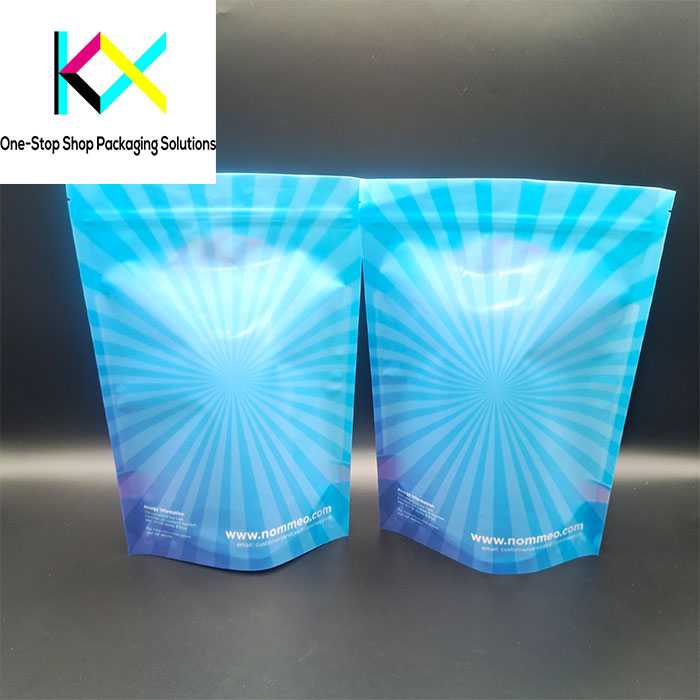
4. Sustainability: Balancing Sterility with Circularity
The environmental footprint of High-Temperature Sterilization Packaging is under scrutiny. Key strategies include:
Design for Recyclability: The monomaterial PP focus is central. Even complex laminates are being redesigned using compatible polymers to facilitate advanced recycling (chemical recycling/pyrolysis).
Incorporating Recycled Content: Using food-grade Post-Consumer Recycled (PCR) content in non-food contact layers is growing, though strict safety regulations limit use in direct contact layers for sterilized foods. Closed-loop systems for production scrap are expanding.
Resource Efficiency: Lightweighting directly reduces material use. Optimized filling reduces headspace, maximizing product-to-package ratios.
End-of-Life Pathways: Investment in advanced recycling infrastructure capable of handling multi-material sterilized packaging is crucial. Compostable solutions are generally unsuitable due to sterilization process requirements and the need for long shelf life.
Life Cycle Assessment (LCA): Holistic LCAs comparing sterilized flexible options to traditional cans/jars often show significant advantages in transportation emissions and material use, justifying their role in a sustainable food system despite end-of-life challenges being addressed.
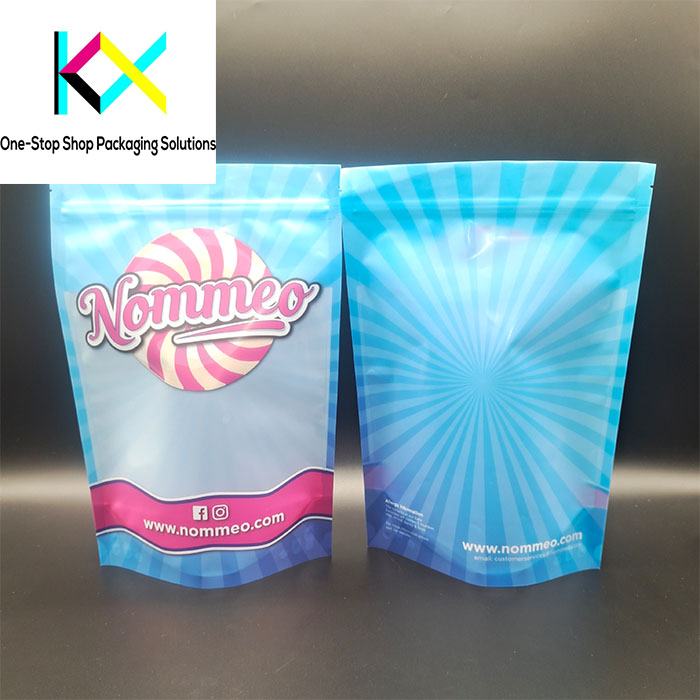
5. The Future: Automation, Traceability, and Novel Formats
The trajectory for High-Temperature Sterilization Packaging involves:
Smart Manufacturing & Industry 4.0: AI-driven process control optimizing sterilization parameters, predictive maintenance for filling/sealing lines, and real-time quality monitoring using vision systems and sensors ensure consistent, safe production with minimal waste.
Enhanced Traceability: Blockchain and digital watermarking (e.g., HolyGrail 2.0) integrated into packaging enable precise tracking from raw material to consumer, enhancing food safety recall management and supply chain transparency.
Novel Food Applications: Enabling the safe commercialization of new product categories: high-quality plant-based meals, ethnic cuisines requiring specific textures, nutritionally tailored foods for seniors, and clean-label products with minimal preservatives rely heavily on effective sterilization packaging.
Performance Frontiers: Continued development of ultra-high barrier materials, even thinner yet stronger structures, and sealants capable of withstanding new, potentially harsher sterilization methods.
Conclusion: A Critical Pillar of Food Security
High-Temperature Sterilization Packaging remains an indispensable, dynamic technology underpinning global food safety and accessibility. By continuously innovating in materials, design, and sustainability, this sector ensures that Food Packaging not only survives the intense demands of sterilization but thrives, delivering safe, nutritious, and appealing food to consumers efficiently and with a progressively reduced environmental impact. The relentless pursuit of performance and responsibility within this demanding niche exemplifies the vital role advanced Food Packaging plays in nourishing the world.
